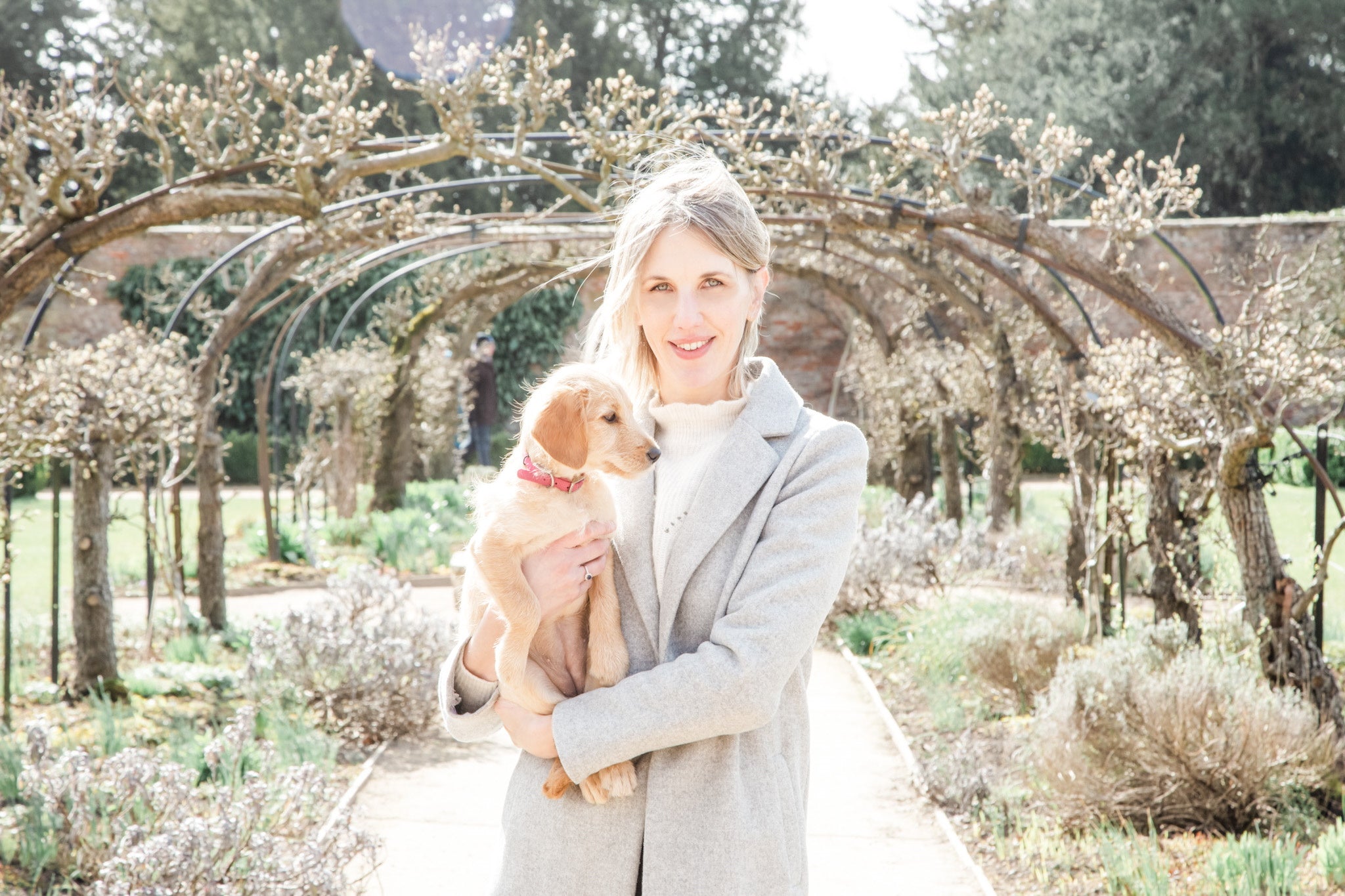The first in a series of training blogs written for us by Gretta Ford at The Pitter Patter of Tiny Paws.

Gretta is a Certified Clinical Animal Behaviourist who is passionate about using her knowledge and skills to help prevent behaviour problems through proactive puppy parenting. She also supports owners who are having issues to help get their dog back on track using kind, empathetic and ethical methods. Offering UK wide services, you can find out more about how Gretta can help you with your dog or puppy at her website: www.thepitterpatteroftinypaws.co.uk

When you’re training a dog, you need to find something that you can use to reinforce desirable behaviours. Quite simply, if you provide (what your dog perceives as) a great outcome in response to a behaviour that they performed, they’re more likely to repeat it again in the future. This is called positive reinforcement – you are reinforcing (strengthening) the behaviour, by introducing something positive as a consequence to that behaviour (i.e. a reward).
Of course, another option would be to train your dog to do things, in order to avoid the threat of fear, pain or intimidation but who wants that kind of relationship with their dog? Not me!
So, if you’re going to use nice things to help reward your dog for ‘good’ behaviour then you still have a few options. For example, you could use praise, petting or food. All of those are fine but let me tell you why food wins the prize as the best choice most of the time.

Firstly, food is a something which all dogs need and want. Sure, some dogs are more fussy with what they eat whilst others might wolf down anything in front of them (even things they shouldn’t!) but, the fact is that they have to eat in order to stay alive. It’s hardwired into every animal that food is a valued resource, giving it the potential to be a very powerful reinforcer. If you’re worried about your dog putting on extra weight with food-based training, you can just take it from their daily food allowance and/ or cut back at meal times.
Secondly, giving food is generally a choice-based activity – food is offered and the dog chooses to take it or not. This is important. In contrast, some other forms of ‘reward’ might be more likely to be offered in a way that takes some choice away. For example, if you reach out to stroke your dog or go to kiss them, as a way of showing how pleased you are with them, this might not be the pleasant experience you intended it to be from your dog’s point of view (at least, in that context and at that time). If this is the case, your attempts to ‘reward’ a behaviour may actually act as a ‘punisher’ (making the behaviour less likely to be repeated), rather than as a ‘reinforcer’, as you intended. Not helpful!
The third reason why I’d recommend that you generally use food when training your dog is that research has shown that it is actually more effective than other positive reinforcers such as petting or praise. [Oh and, in case you’re wondering, kind, positive training methods have also been found to be more effective than punishment-based methods, as well as not carrying the same risks of fall-out].

So, you need to feed your dog anyway, it’s ethical and it gets better results. Why wouldn’t you want to use food in your dog training?
Now, the only real dilemma is: Which of those tasty options from the Innocent Hound should you choose as a training reward?
Gretta Ford loves...



0 comments